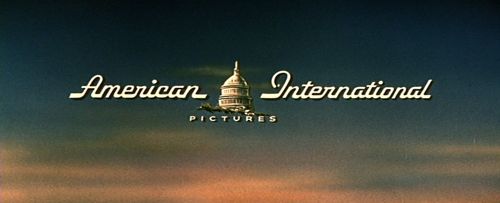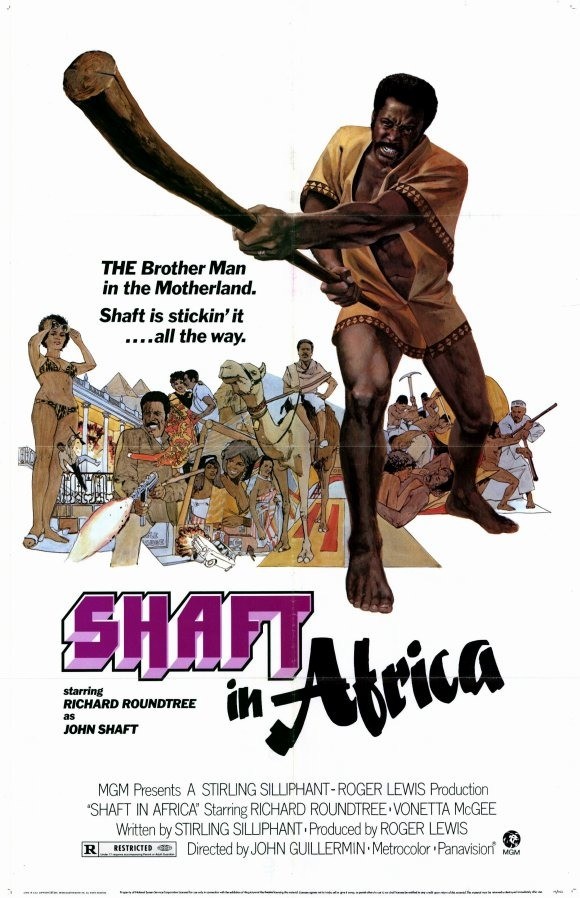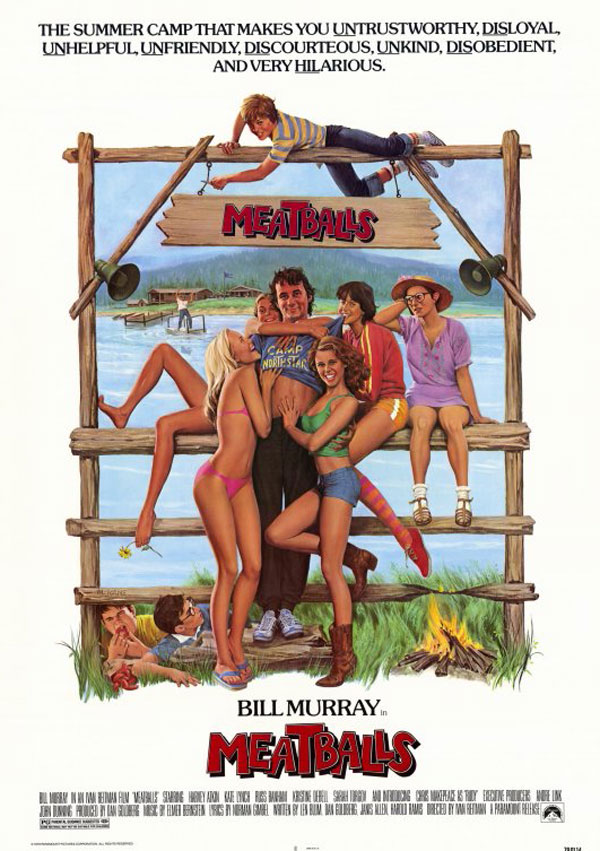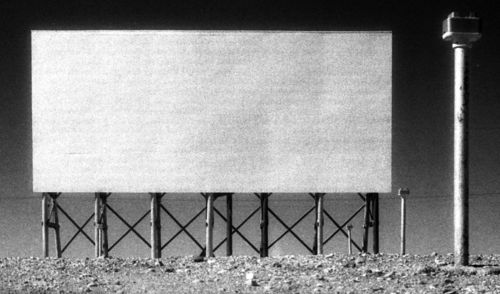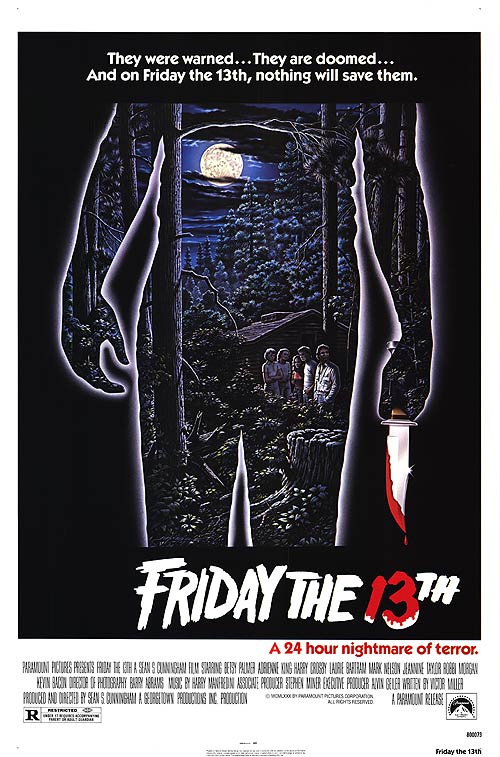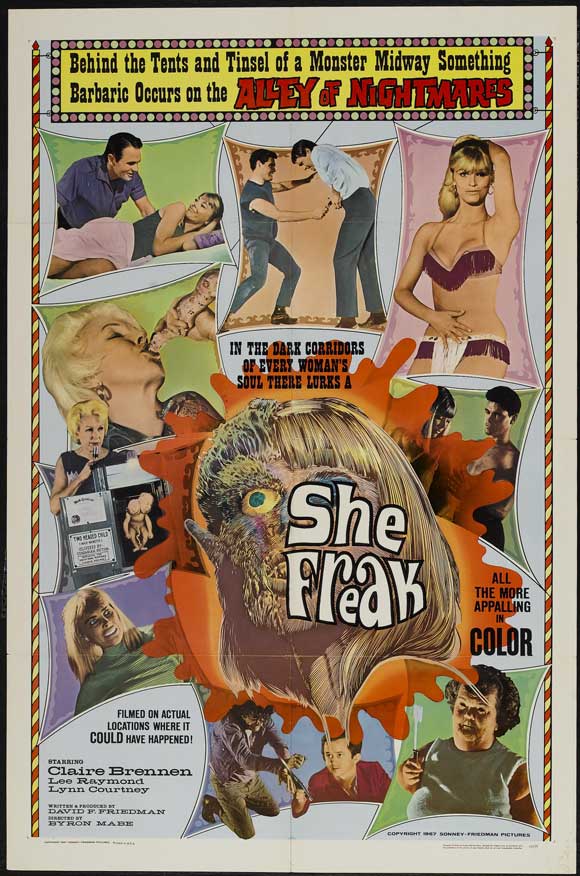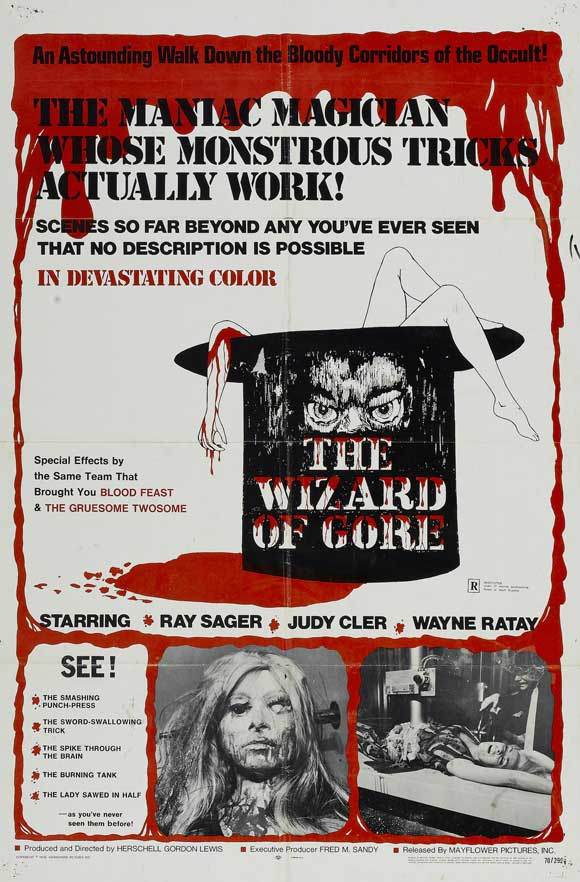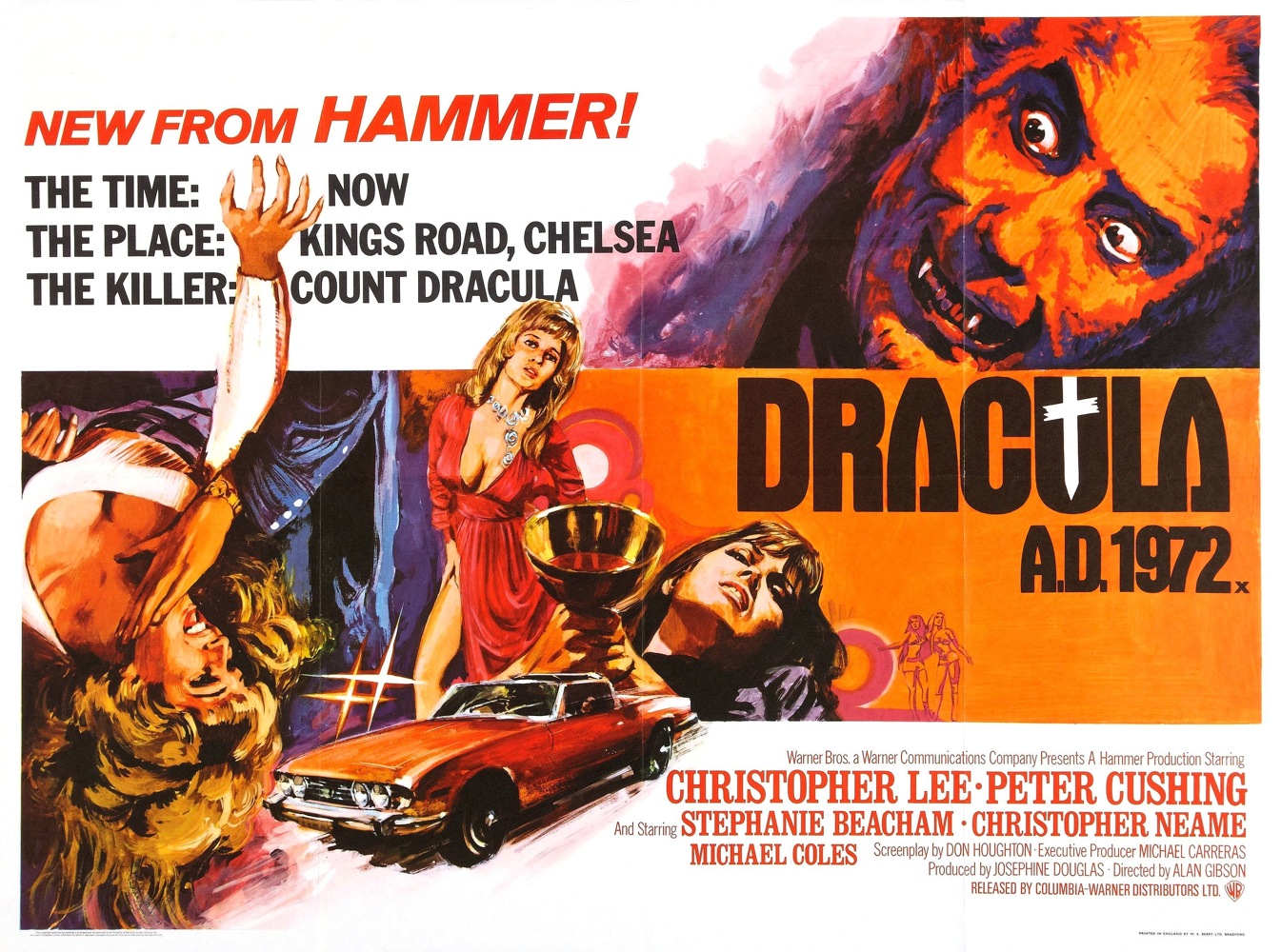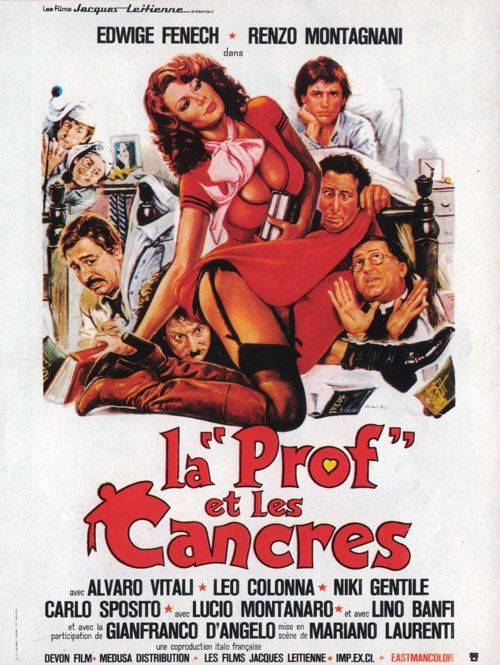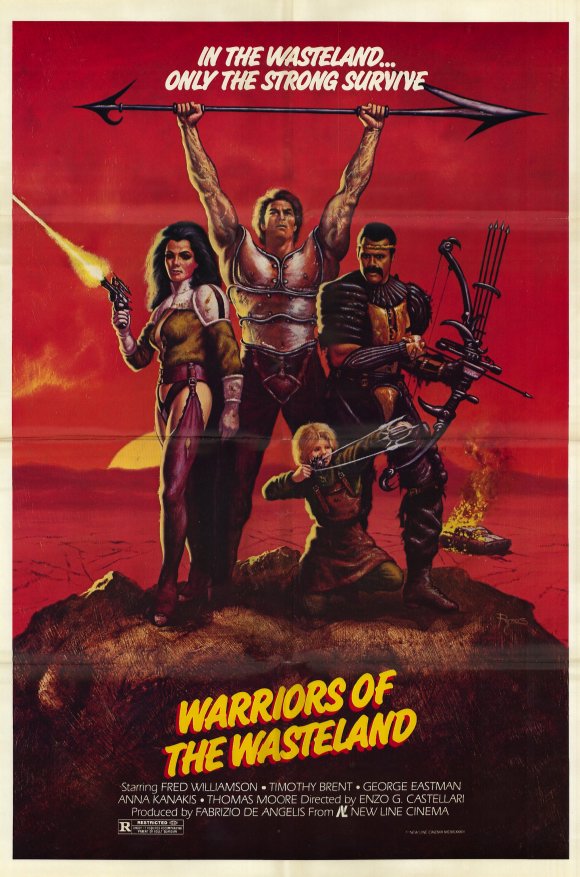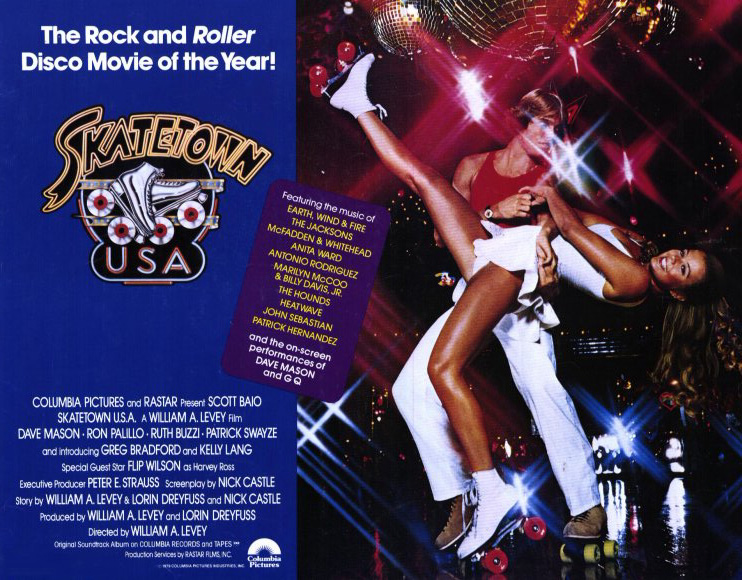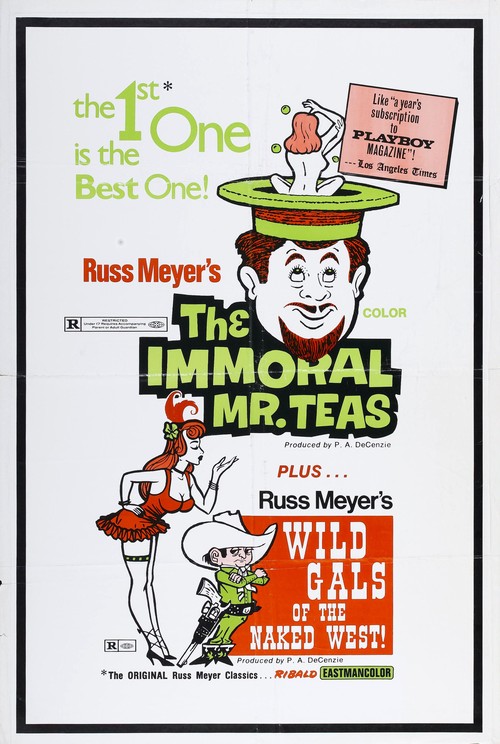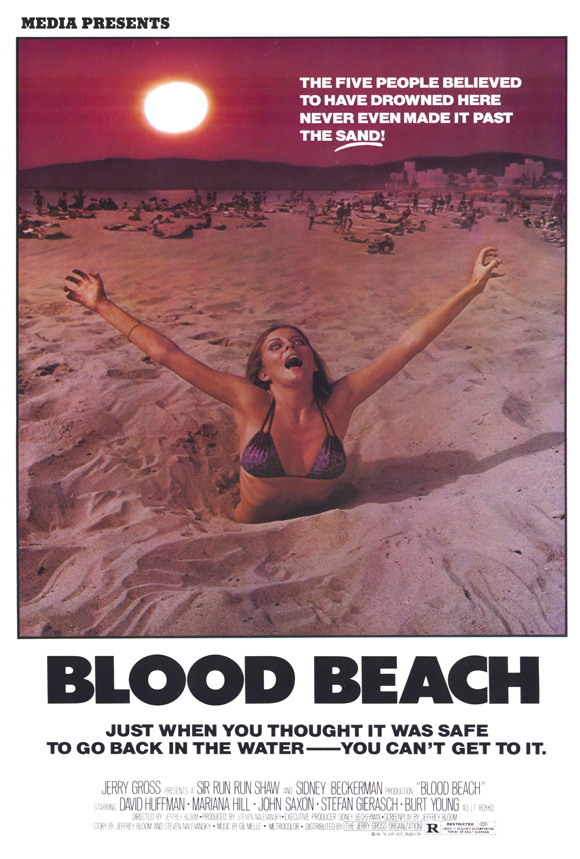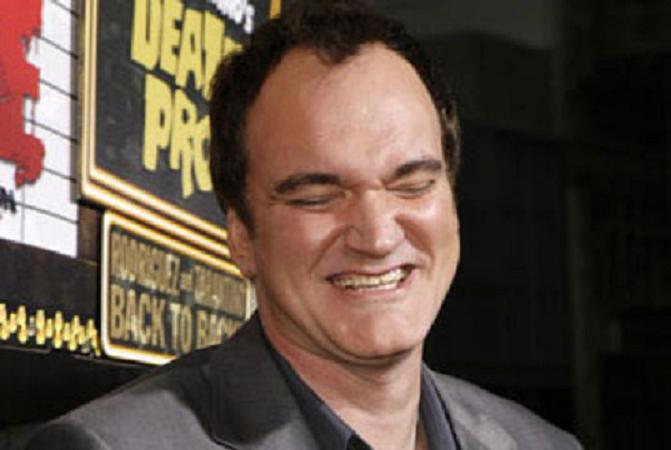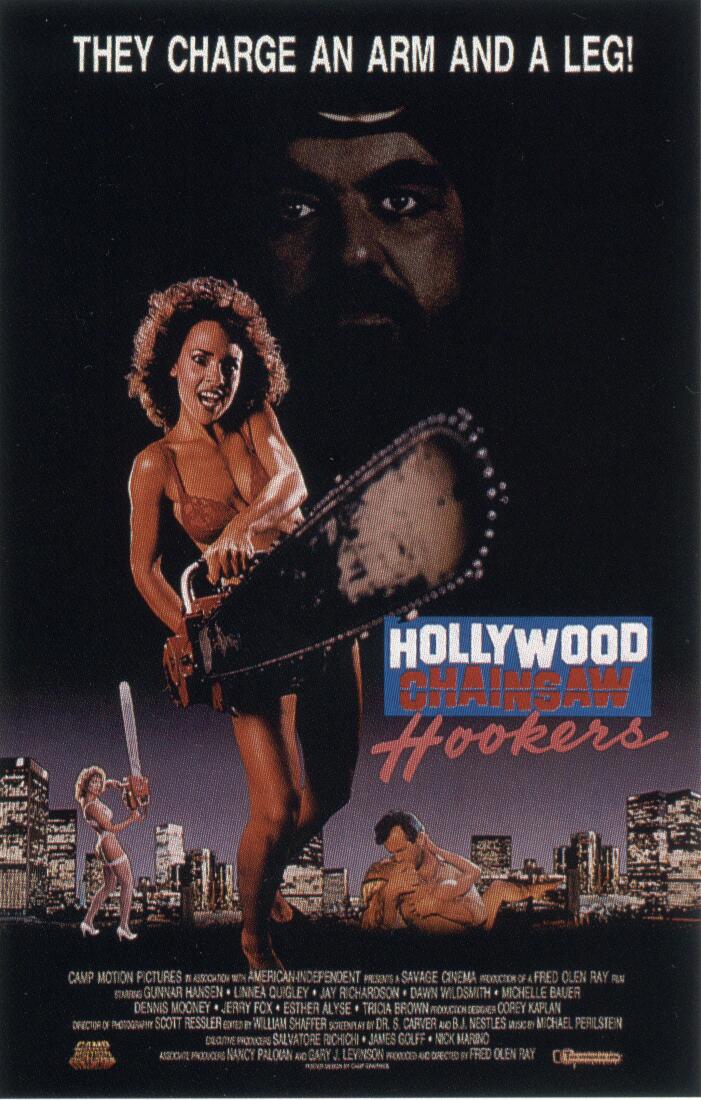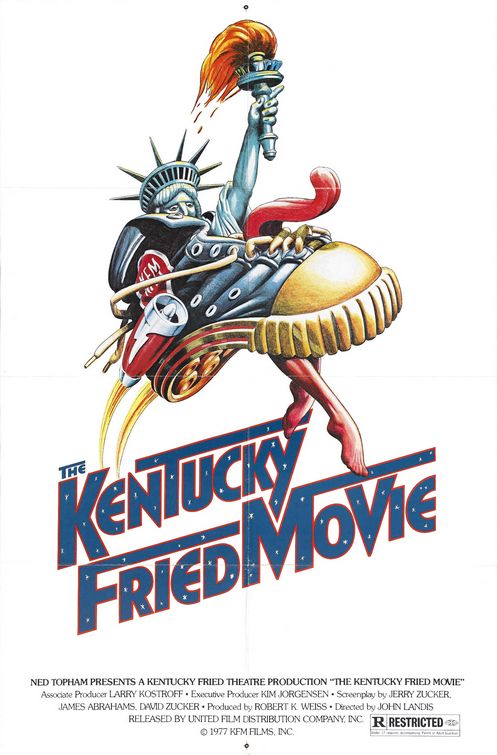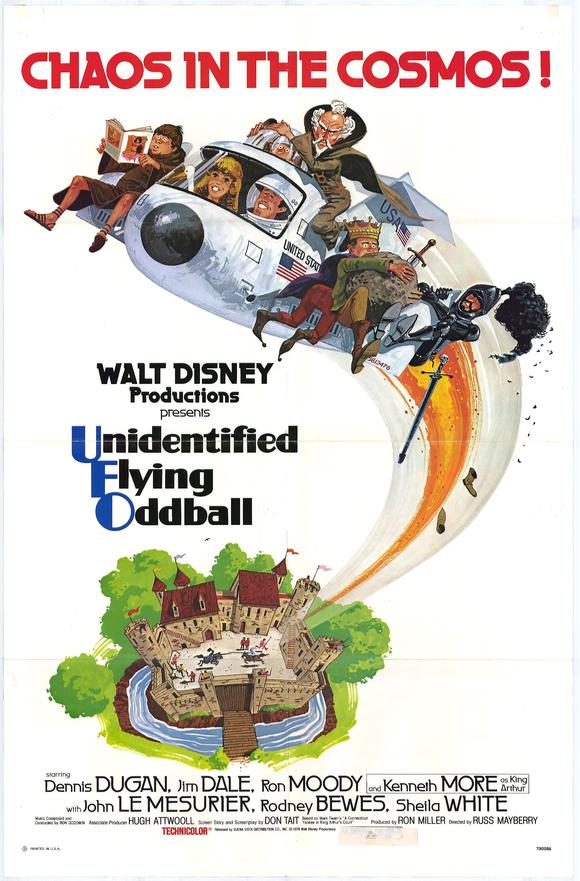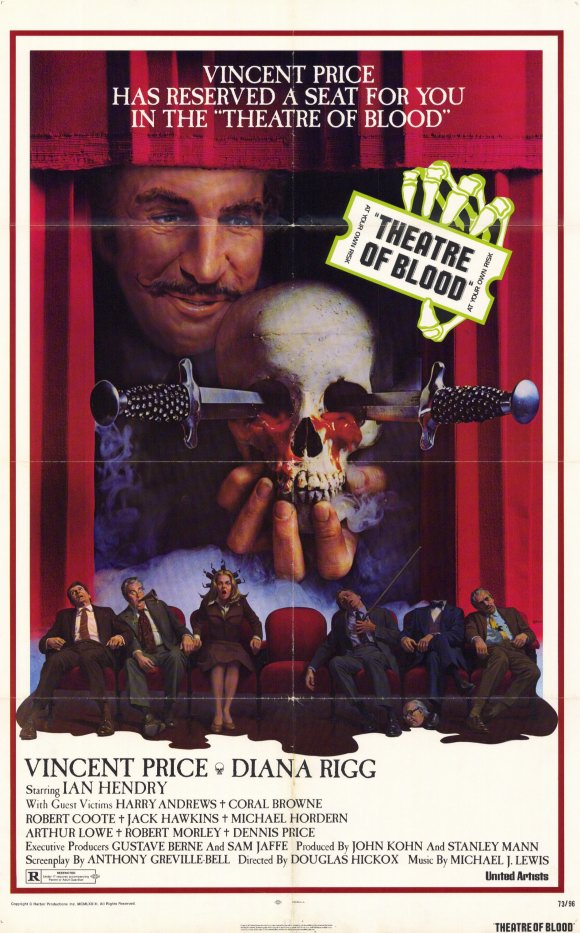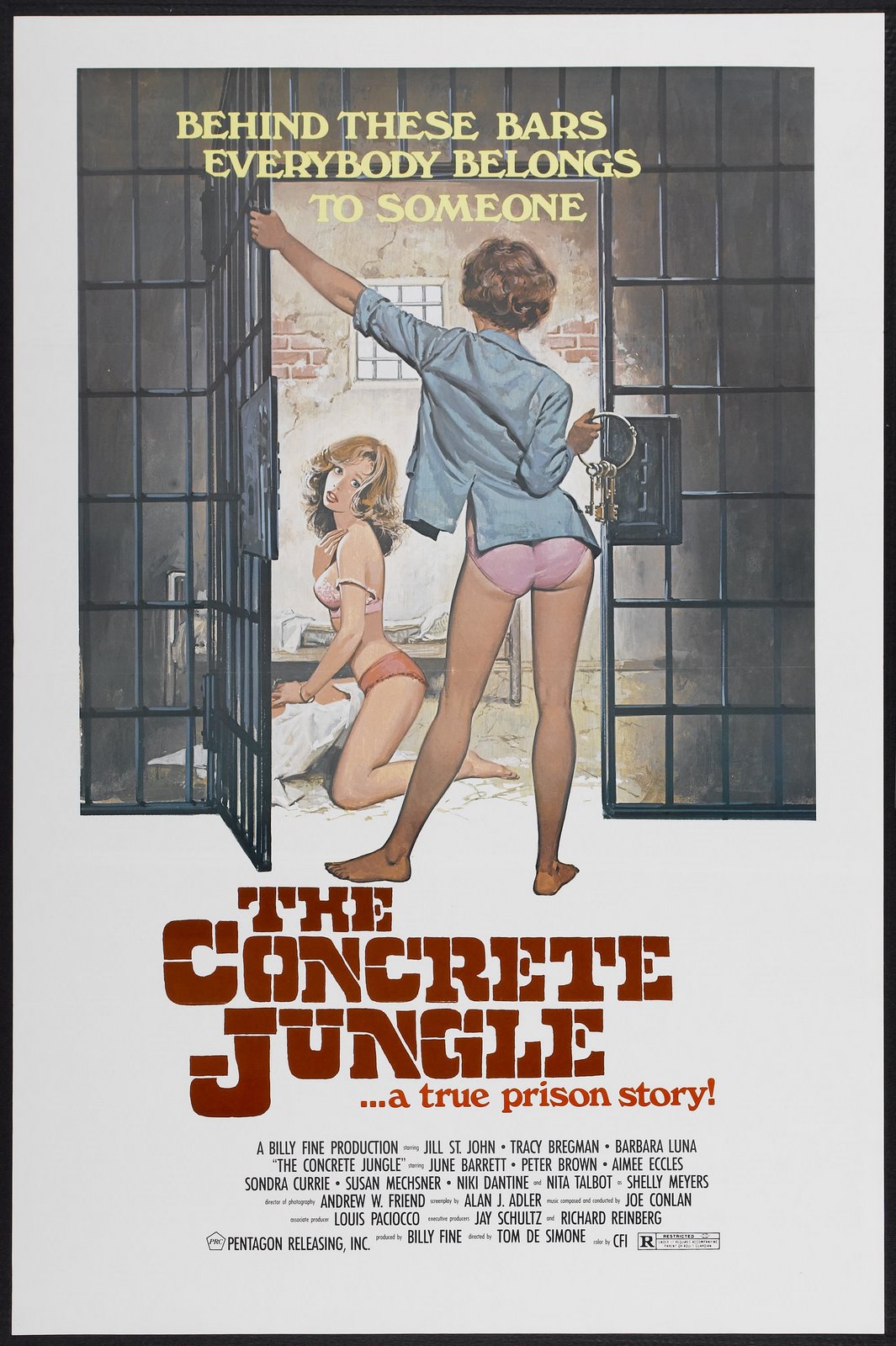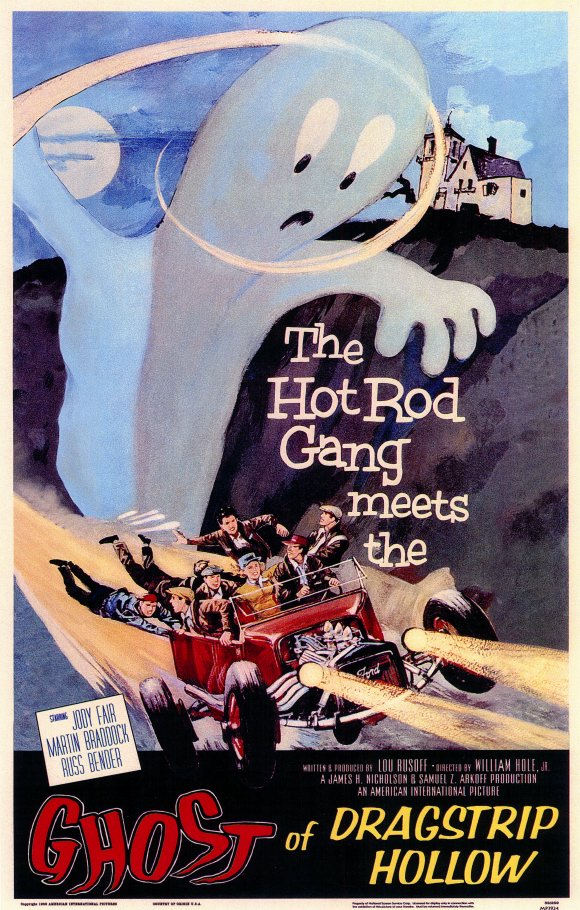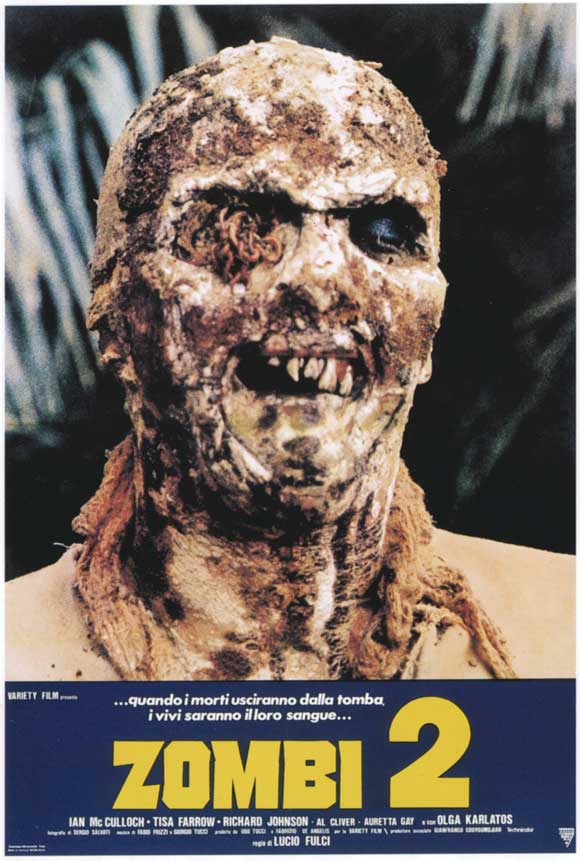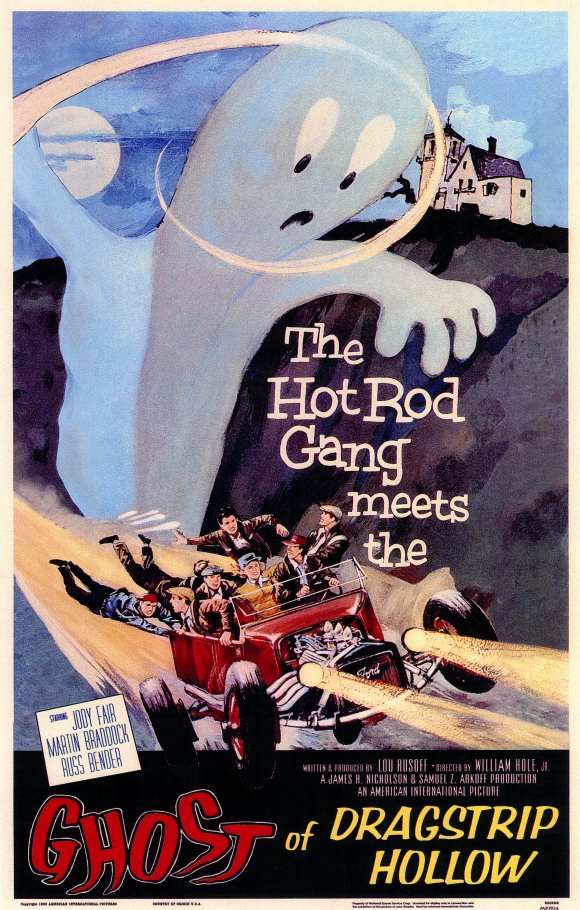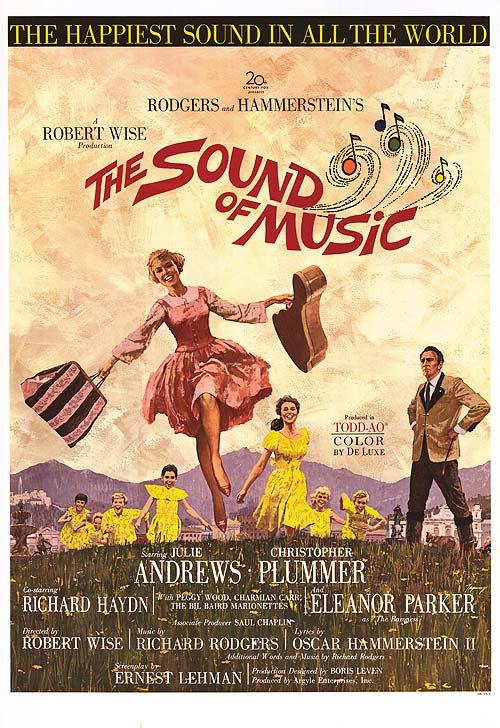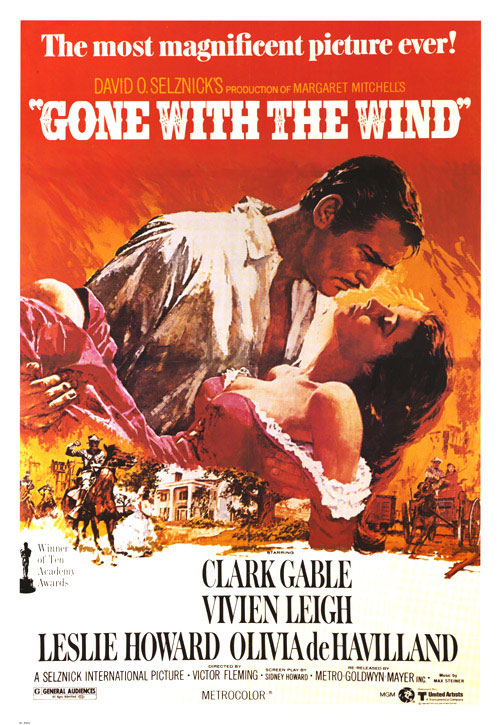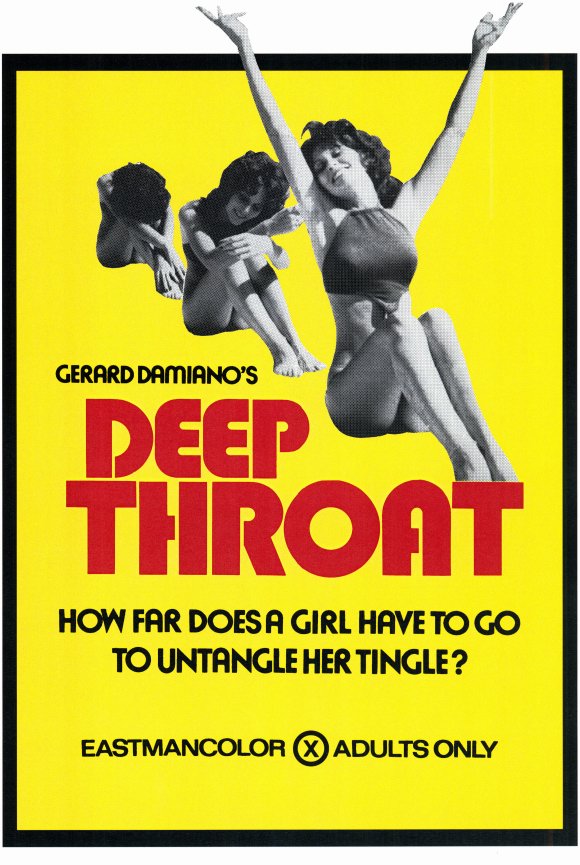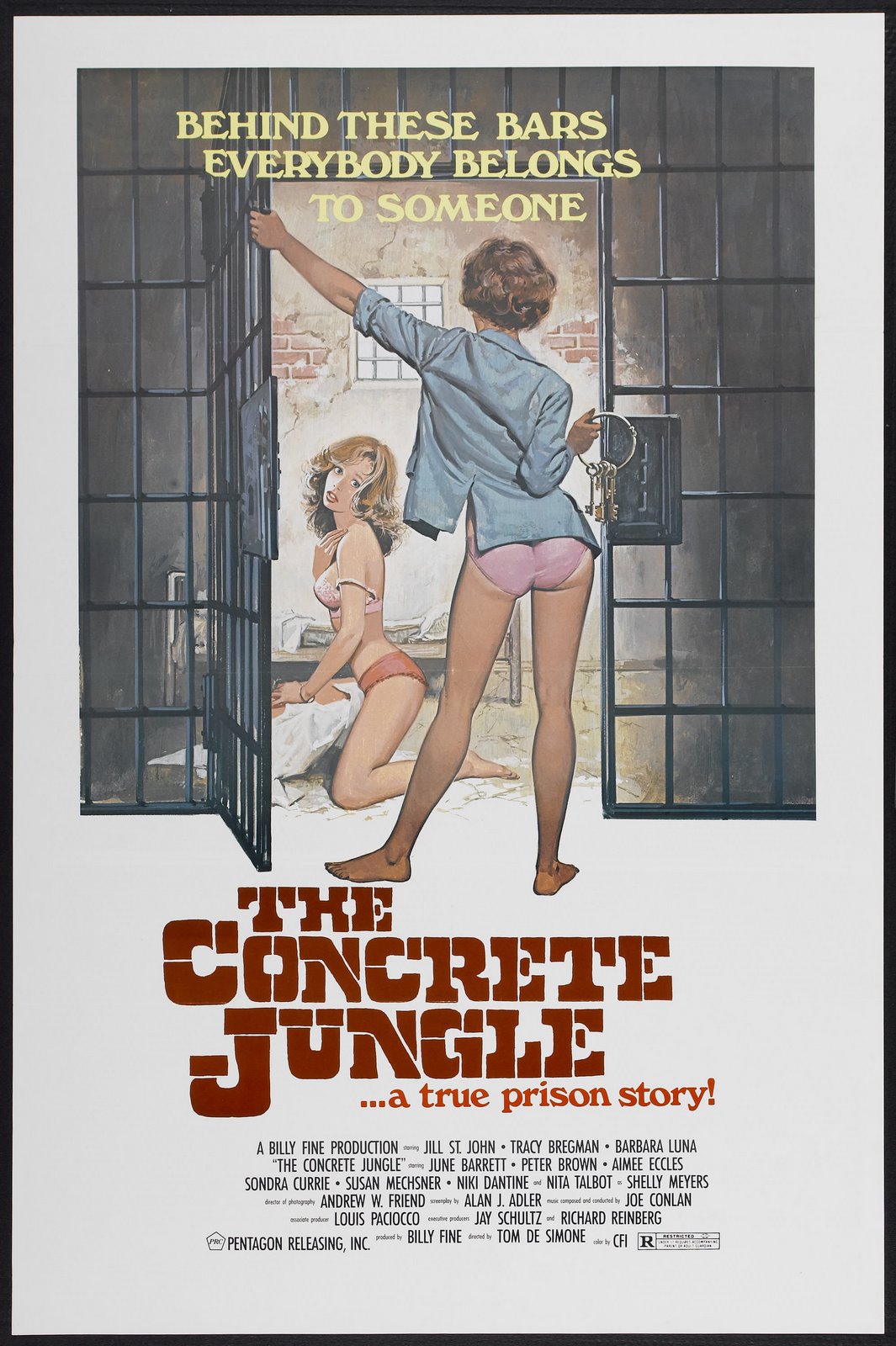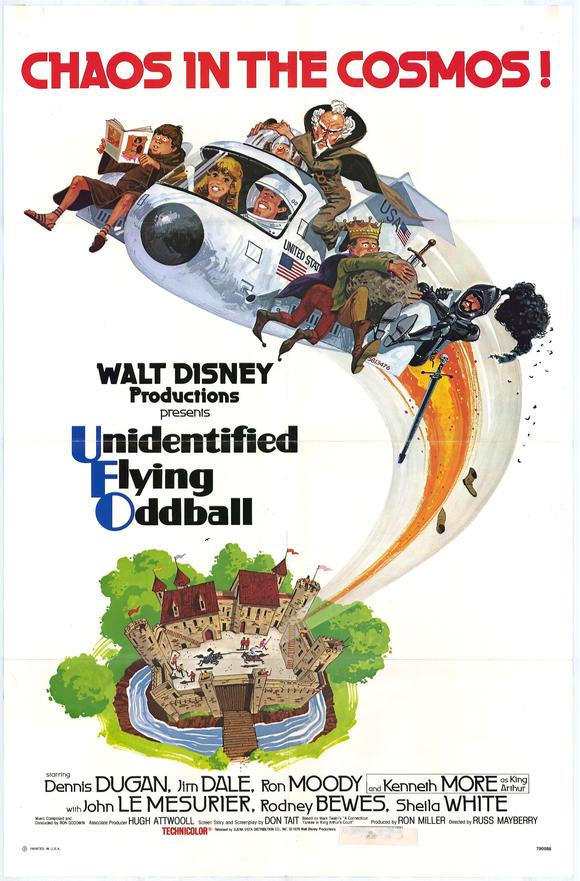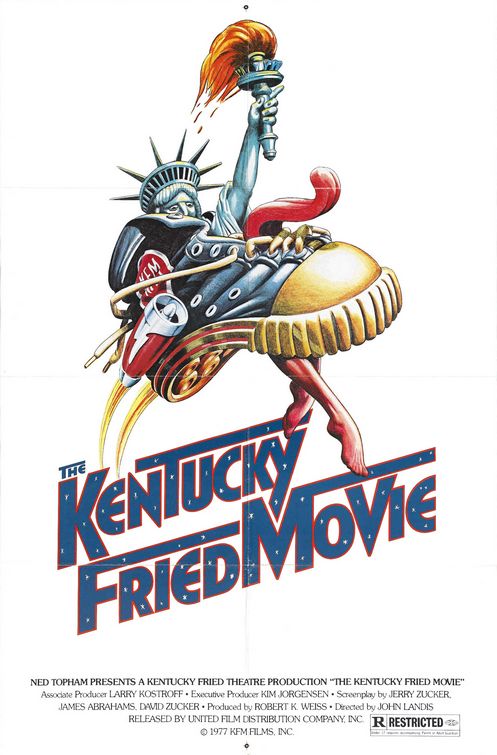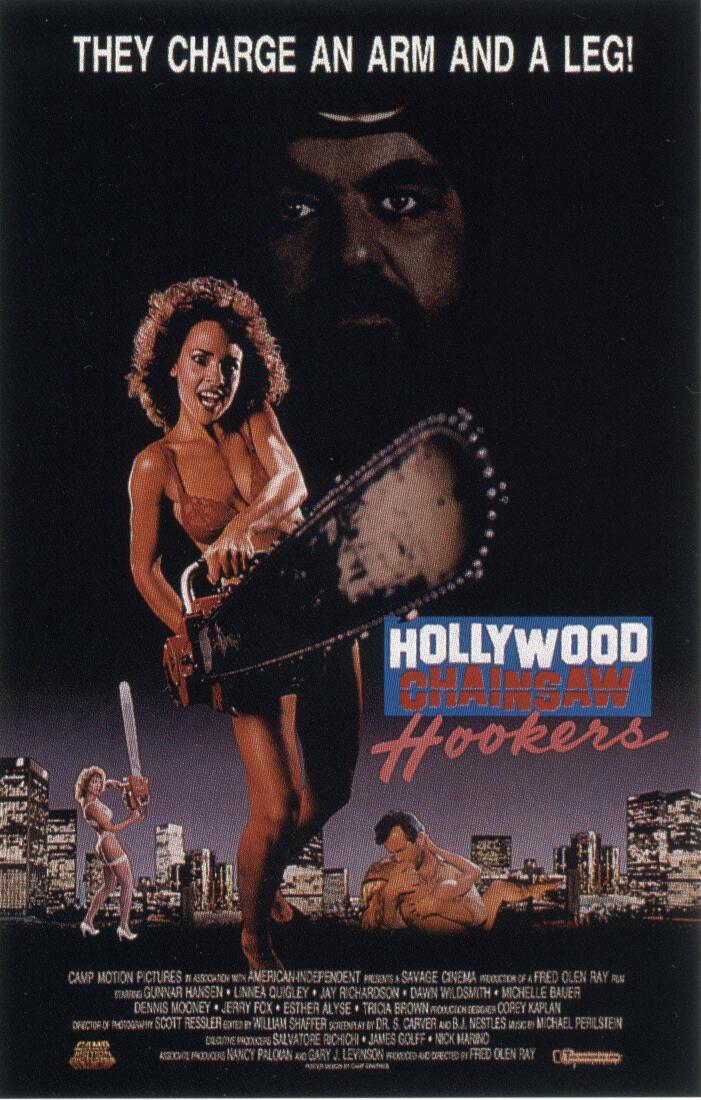The ABCs of B-Movie Monster Bullsh*t - A is for Atomic
 Monday, March 12, 2012 at 6:00AM
Monday, March 12, 2012 at 6:00AM A few months back I entertained the entire Internet with my in-depth look at The ABCs of B-Movie Bullsh*t, and—because I don’t have time to write anything else—I’ve decided to recreate that magic by going back to that well and draining it of every last remaining drop by exploring—wait for it….
The ABCs of B-Movie Monster Bullsh*t!
I think it’s pretty self-explanatory and will let me get through the next month without tossing and turning in bed because I haven’t had time to update the website in weeks. So here goes.
A
is for
Atomic

Once humankind learned how to harness the almighty power of the atom, the world of B-Movie Monster Bullsh*t was never the same. Dracula may want to suck your blood, the wolfman may hunt you at night, and The Mummy might walk really slowly towards you, but none of them were as frightening as what scientists could bring about messing with forces they themselves barely understood.
Faster than you can say, “Allegory!” filmmakers across the globe came up with imaginative ways to discuss the potential dangers of atomic power. Sure, in most cases extreme doses of radiation would likely lead to slow, lingering, extremely painful deaths, but in B-Movies those powerful rays were much more likely to cause mutation. And by mutation we mean, “Shit got bigger!” To that end the world was given The Amazing Colossal Man, War of the Colossal Beast, Them!, Beginning of the End, The Monster That Challenged the World, The Horror of Party Beach, Attack of the Crab Monsters, just to name a small handful.
And then there were the monsters who weren’t created by atomic power, but whose subsequent wrath came about as a direct result of humanity’s introduction to the nuclear age. Everyone remembers Godzilla, but there was also The Giant Behemoth, Gamera and Mothra who wreaked all sorts of crazy havoc.
The message couldn’t have been clearer. Science is bad. The next time you see a nerd with a calculator and slide rule—kick his scrawny ass.
A
is for
Atomic
and
Atomic
is
All Sorts of
Armageddon-y

